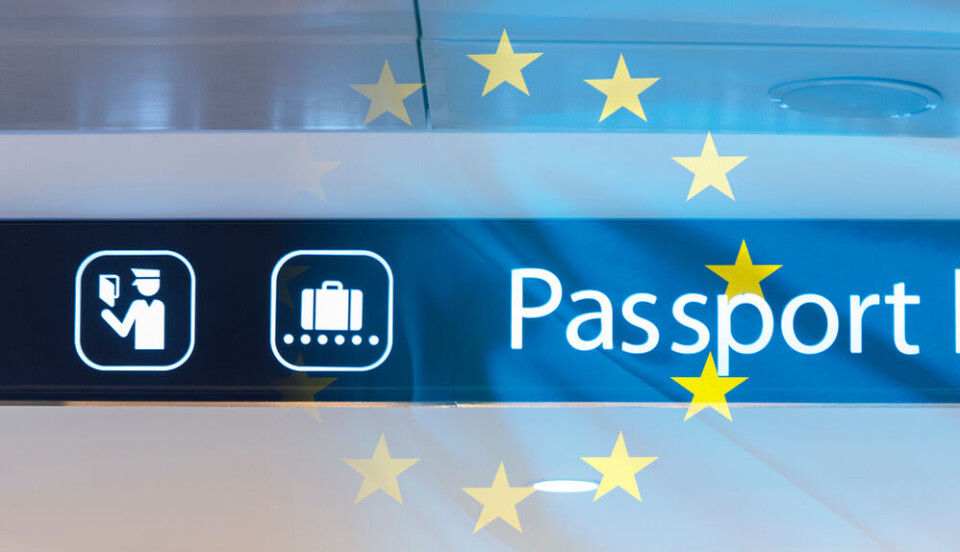-
Floor collapses in Paris building leaving 20 injured
Water leaking into the building from balcony is thought to be cause of collapse
-
Homes evacuated and cars submerged as flash floods hit south of France
Alerts continue as schools and roads are closed. Several rivers have burst their banks
-
French weekly weather forecast January 19 - 23: colder and lots of rain
Flash flood alerts are in place on Monday January 19 in Corsica, Aude and Pyrénées-Orientales
New expected timeline for EU’s EES and Etias border systems
Rollouts have been delayed several times

A revised timetable for the rollout of the EU’s new border systems has been announced, with some measures not now expected to come into force until 2025.
It is now intended that the EES (Entry/Exit System) digital border checks system will enter operations in autumn 2024, and the Etias (online travel authorisation) system in spring 2025, the European Council confirms (as of October 23).
The revised 'roadmap' was explained by the eu-LISA agency to the EU’s Justice and Home Affairs Council meeting on October 19. Eu-LISA is responsible for the development and operational management of both EES and Etias, as well as other IT systems in the area of asylum, border management and migration policies.
The Council endorsed the new timeline.
For some time it has been expected that EES would not now start until after the 2024 Paris Olympic Games which will finish on August 11.
Earlier this year, there were some calls to implement Etias independently from the EES. It seems, however, that the original idea of releasing Etias six months after the EES will still be followed.
The border systems have faced a number of delays and setbacks since their original announcements, due in part to the lack of preparedness at EU border entry-points and partly due to difficulties with organising the overall infrastructure.
EES will consist of new digital systems for tracking entry in and out of the Schengen area by non-EU visitors, who will need to provide certain biometric data the first time they cross the border. It is intended that it will eventually replace passport stamping.
Etias (European Travel Information and Authorisation System) will be a system of online travel authorisation (similar to ESTA in the US) for citizens of countries that have visa-free access to the Schengen Area. Fifty-nine countries will be affected.
Its rollout will align with the EES, as information obtained from border crossings will help with travel authorisation decisions.
It is expected both systems will have six-month ‘grace periods’ after their rollout for border officials and travellers to acclimatise themselves with the new systems.
Updated October 24, to confirm spring/autumn timeline
Related articles:
New European Entry/Exit System: 9 key things to know in advance
























